When dry measurements, 1/4 cup is equal to 2 ounces. This conversion is frequently used in baking and cooking recipes, so it’s important to have the right measuring tools on hand.
Understanding common measurement conversions can simplify the process of following recipes and ensure accurate results. Here we will delve into culinary conversions and focus on mastering the conversion from 1/4 cup to dry oz. We’ll explain the math behind the conversion’s significance in recipes.
Additionally, we’ll share tips and techniques for achieving accurate measurements in your kitchen. Whether you’re a novice cook or a seasoned chef, understanding this conversion will elevate your culinary skills and ensure consistent dish results. Get ready to become a measurement pro.

Delineating The Conversion: 1/4 Cup To Dry Oz
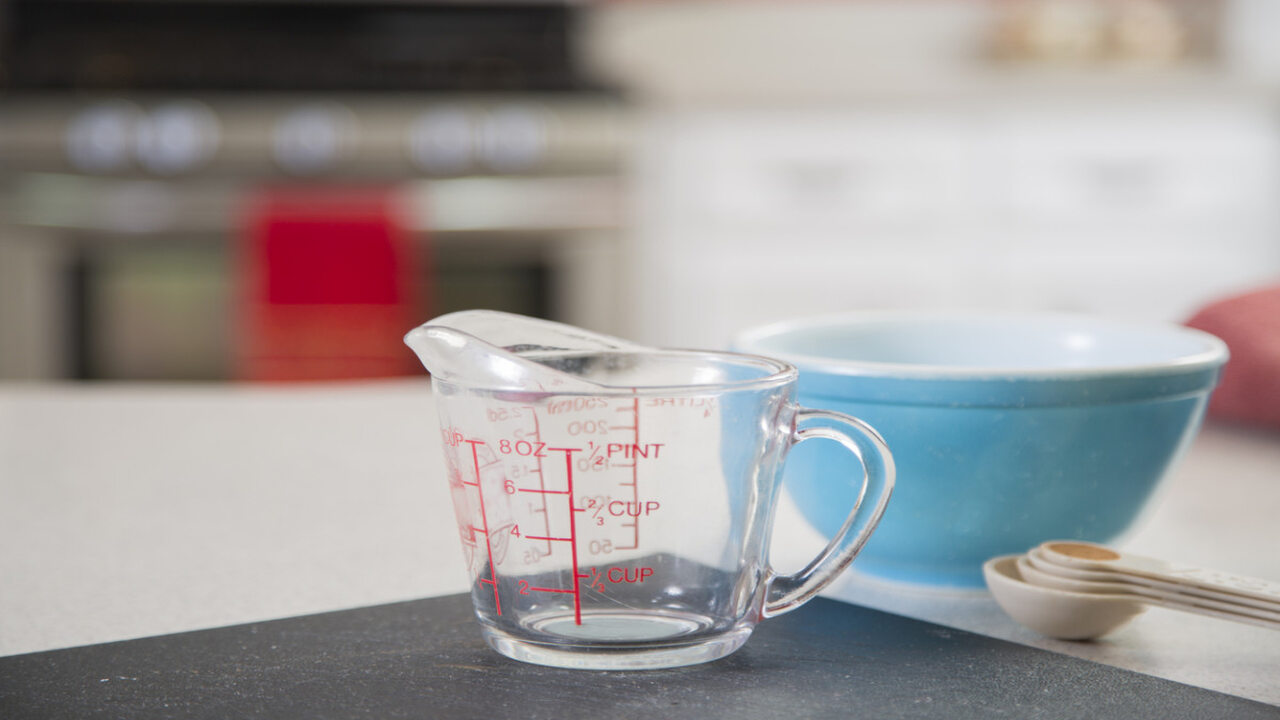
Understanding the difference between volume and weight measurements is crucial when converting 1/4 cup to dry oz. To accurately measure 1/4 cup of an ingredient, you can use a measuring cup or a kitchen scale for more precise measurements.
Some common ingredients and their equivalent dry-ounce measurements include 1/4 cup of water weighing approximately 2 fluid ounces or 60 milliliters, and 1/4 cup of sugar weighing around 1.75 ounces or 50 grams. Converting other measurements in baking and cooking can do using a conversion chart for the best results.
How Many Ounces Are In 1/4 Of A Cup?
Understanding conversions is crucial in cooking and baking, as it allows for accurate measurement of ingredients. Regarding ounces, it’s important to note that there are 2 ounces in 1/4 of a cup. To ensure precision in your recipes, it is recommended to double-check your measurements using a reliable conversion chart or calculator. This will help you achieve the desired results and maintain consistency in your culinary creations.
The Significance Of This Conversion In Recipes
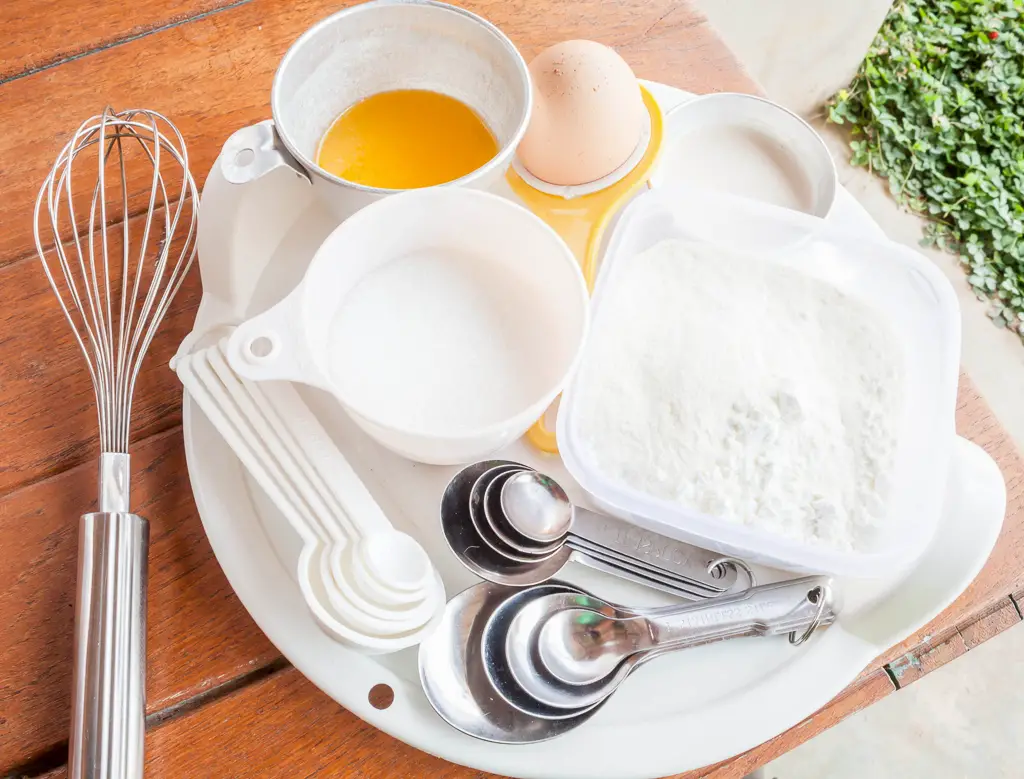
Understanding the conversion of 1/4 cup to dry ounces is crucial for precise recipe measurement. This conversion helps ensure accurate proportions of ingredients for successful baking or cooking. Converting 1/4 cup to dry ounces allows for consistent results and avoids potential miscalculations.
Many recipes provide measurements in cups, making this conversion essential for following the instructions correctly. Whether you’re measuring flour, sugar, or other dry ingredients, knowing the conversion of 1/4 cup to dry ounces is a valuable kitchen skill.
Defining An Ounce In Baking And Cooking
An ounce is a unit of weight measurement approximately equal to 28 grams in baking and cooking. Converting 1/4 cup to dry ounces is equivalent to approximately 1.75 dry ounces. Understanding the conversion between cups and ounces is crucial for accurately measuring recipes.
Different dry ingredients like flour or sugar can have varying weights in various recipes, so it’s important to follow precise measurements. We recommend using a kitchen scale to get the most accurate measurement when converting between cups and dry ounces.
The Role Of A Cup In Kitchen Measurements
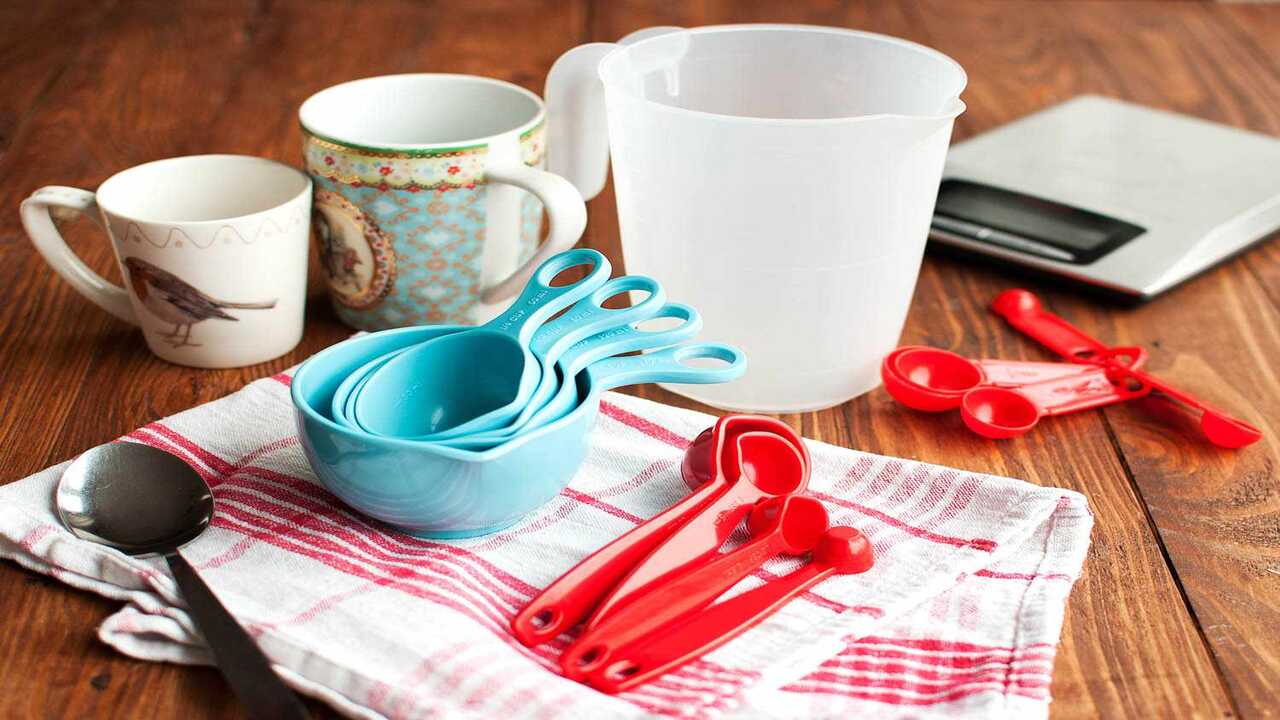
A cup is a versatile unit of measurement used in the kitchen for liquid and dry ingredients. When converting from cups to dry ounces, it’s essential to consider the density of the ingredient. Accurately measuring 1/4 cup ensures consistency in recipes and desired results.
Converting to dry ounces provides more precise measurement, especially for ingredients like flour or sugar. Understanding the relationship between cups and dry ounces is also beneficial when scaling recipes up or down. By mastering the conversion from 1/4 cup to dry ounces, you can confidently achieve precise measurements and create delicious dishes.
The Art Of Accurate Measurement: Tips And Techniques
To ensure accurate measurement, it’s important to understand the conversion ratio between cups and dry ounces. Use a reliable measuring cup and level of the ingredients for precision. Familiarize yourself with common conversions for commonly used ingredients to avoid guesswork. Consider the density of the ingredient being measured, as it may vary.
Practice and refine your measurement techniques to ensure consistency in your delicious dishes. Consider a conversion chart for precise measurements using ounces, grams, or milliliters. You’ll achieve the best results in your favorite recipes by mastering the art of accurate measurement.
Achieving Precision In Measuring 1/4 Cup In Ounces
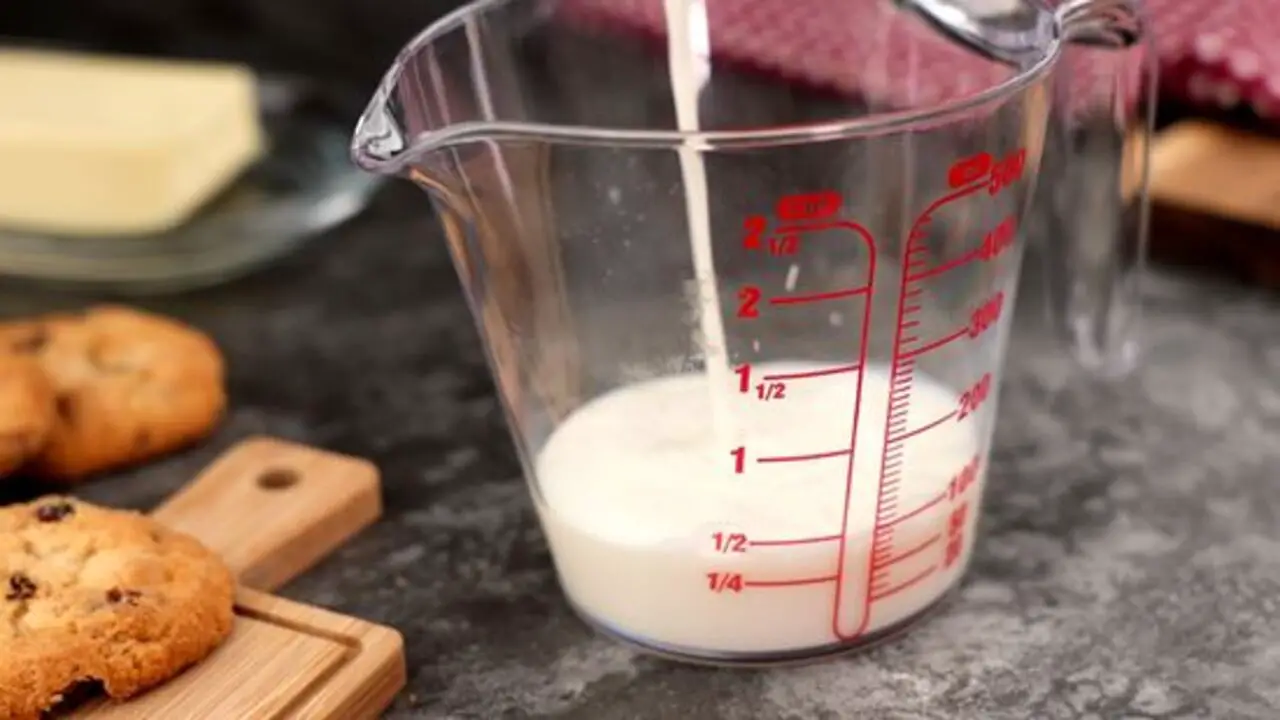
Accurately measuring 1/4 cup in ounces is crucial for precise cooking and baking. To achieve precision, it is recommended to use a kitchen scale for the most accurate conversion from 1/4 cup to dry ounces. In terms of measurement, one-fourth cup is equivalent to 2 ounces of dry ingredients.
However, it’s important to pay attention to the type of ingredient being measured, as the density can vary. Consistency in measurement ensures consistent results in your recipes. You can achieve precise measurements and create delicious dishes by following these guidelines.
Common Pitfalls To Avoid When Converting Cup To Ounces
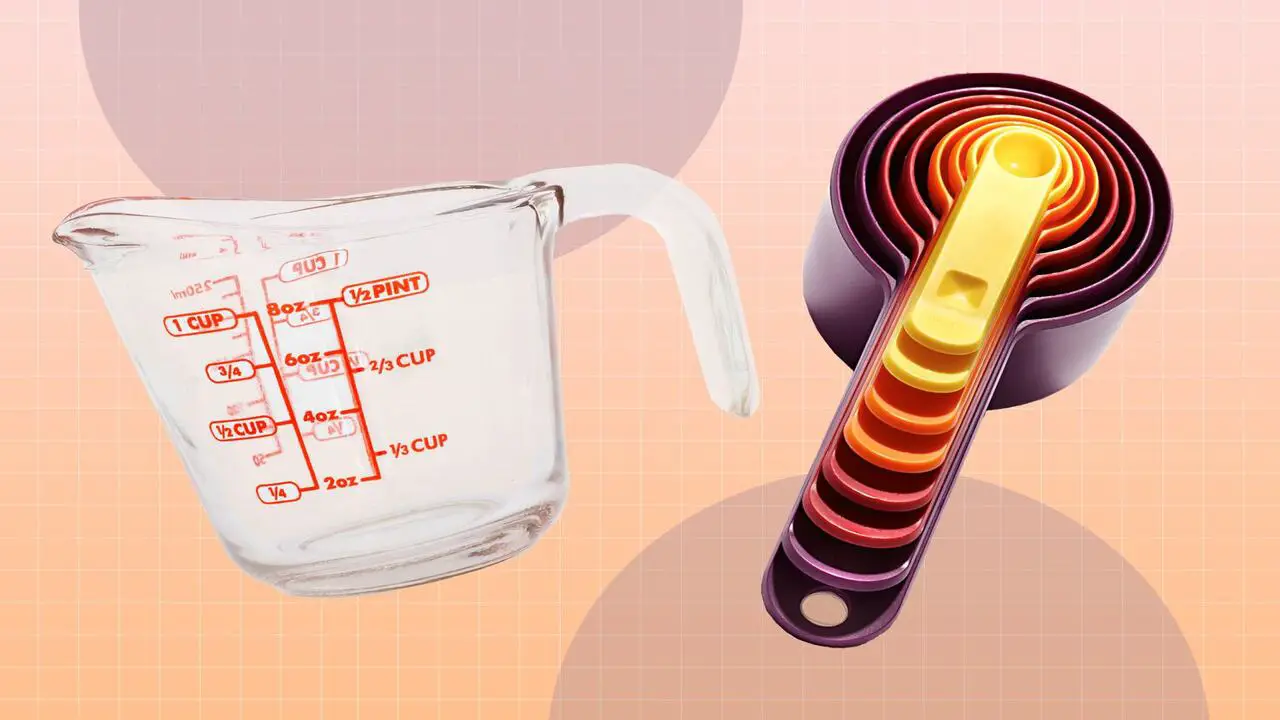
When converting from cups to ounces, there are some common pitfalls that you should avoid. First, it’s important to note that using volume measurements for dry ingredients can lead to inaccurate conversions. Instead, use a kitchen scale to weigh your ingredients for more precise measurements.
Additionally, be cautious when converting between different types of cups, such as the US and UK cups, as they have different volumes. Remember that the weight of an ingredient can vary depending on its density and moisture content, so it’s essential to consider these factors.
Double-check your conversions using reliable conversion charts or online calculators to ensure accuracy. By avoiding these pitfalls, you can achieve accurate and consistent recipe measurements.
Practical Application: Using The Conversion In Real-Life Scenarios
Understanding how to convert between cups and dry ounces is essential for accurate recipe measurements in baking and cooking. It also allows for easy ingredient substitution, making it convenient when you don’t have a specific ingredient. Knowing how to convert between cups and dry ounces is also useful for meal planning and portion control.
When creating grocery lists, converting between cups and dry ounces enables you to estimate the quantities of ingredients you need accurately. Additionally, understanding this conversion empowers you to create and adjust recipes according to your preferences and dietary needs.
Examples Of Recipes Involving The 1/4 Cup To Ounce Conversion
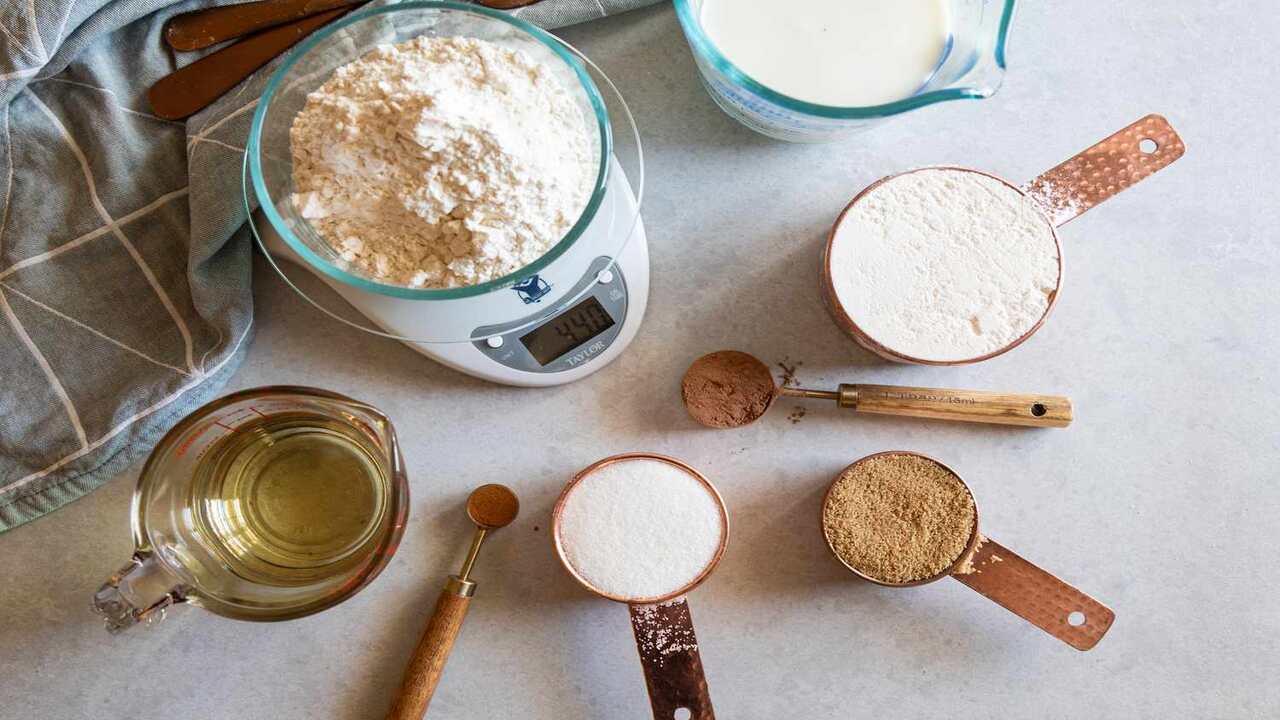
Knowing recipes involving the 1/4 cup to-ounce conversion for precise and accurate cooking and baking. Many recipes provide measurements in cups, while others may use ounces. Converting between the two allows you to follow recipes without any confusion or guesswork.
- Recipe 1: Whip up a batch of chocolate chip cookies by converting 1/4 cup of butter to 2 ounces. This precise measurement ensures perfect baking results.
- Recipe 2: For a flavorful homemade salad dressing, use 1/4 cup of olive oil, equivalent to 1.98 ounces. This conversion adds a delicious touch to your salads.
- Recipe 3: Create fluffy pancakes by measuring 1/4 cup of flour, equivalent to 0.99 ounces. This accurate measurement guarantees light and airy pancakes.
- Recipe 4: Indulge in delicious homemade granola by adding 1/4 cup of honey, weighing 2.4 ounces. The conversion adds just the right amount of sweetness.
- Recipe 5: Enhance your rice pilaf with the flavor of 1/4 cup of chopped onions, approximately 0.62 ounces. This measured addition brings depth to your dish.
Does The Type Of Ingredient Affect The Conversion?
When converting from cups to dry ounces, it is important to consider that different ingredients have different densities and weights. This means that the conversion may not always be a straightforward 1:1 ratio. To ensure accurate conversions, it is recommended to use a reliable conversion chart or calculator specific to the measured ingredient. Double-checking the conversions is essential to avoid any measurement errors or inaccuracies.
Liquid Vs Dry Ingredients: The Difference In Conversion
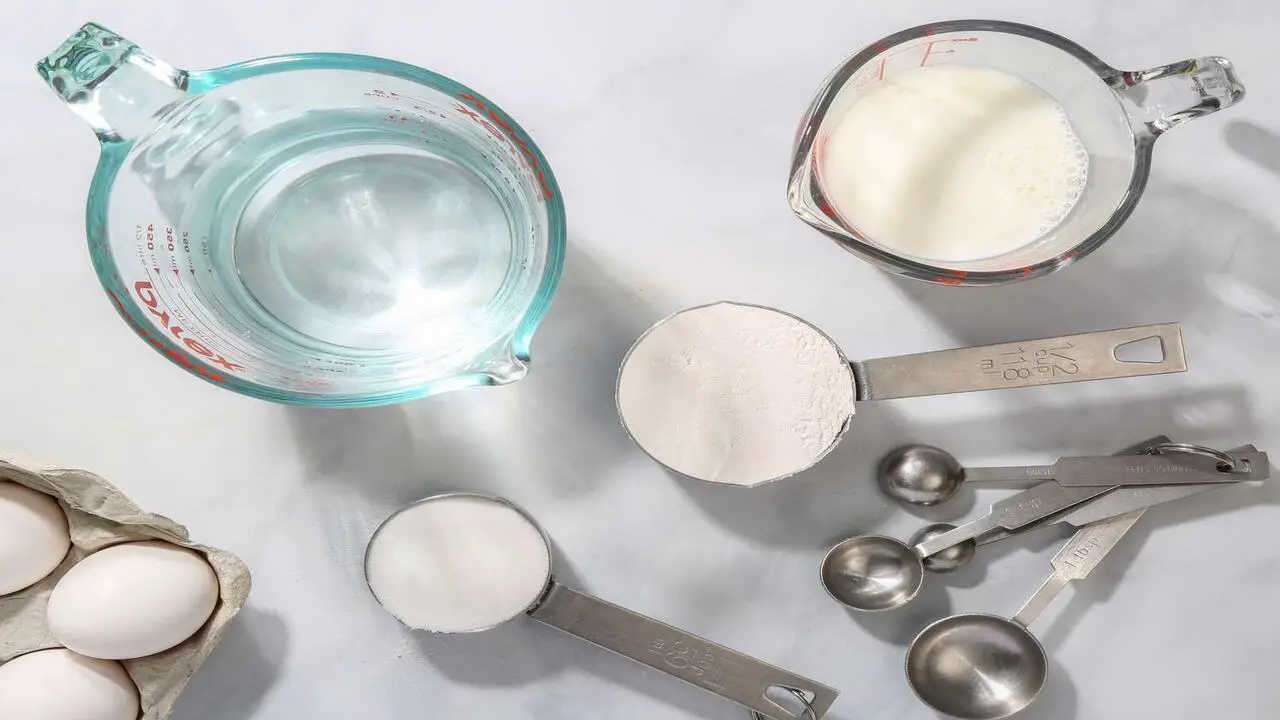
When converting measurements in recipes, it’s important to understand the difference between liquid and dry ingredients. Liquid ingredients like water or milk are typically measured in volume using cups or fluid ounces. On the other hand, dry ingredients, like flour or sugar, are measured in weight using ounces or grams.
The density of each ingredient affects the conversion from volume to weight, so it’s crucial to use the correct conversion factor for each type of ingredient. Measuring dry ingredients by weight provides more accuracy and consistency in recipes, ensuring that your dishes turn out perfectly every time. Understanding this distinction is essential for successful baking and cooking.
How To Adjust Measurements According To Ingredient Type
When converting from 1/4 cup to a dry ounce, it’s important to consider the density of the ingredient. Liquids, like water or milk, convert to 2 fl oz when measuring 1/4 cup. However, the conversion can range for dry ingredients from 1.75 to 2.25 oz, depending on the specific ingredient’s density.
Light and powdery ingredients like flour or powdered sugar may weigh less than denser ingredients like nuts or chocolate chips. To ensure accuracy, it is recommended to use a kitchen scale for precise measurements. Understanding the density of different ingredients will help you adjust measurements accurately.
Conclusion
mastering the conversion of 1/4 cup to dry oz is essential for anyone who loves cooking and baking. It allows you to follow recipes accurately and achieve the desired outcome in your dishes. Remember that accuracy is key in measurements, so take the time to understand and practice this conversion.
Whether you’re making a delicious cake or a savory dish, knowing how much each ingredient weighs will significantly affect the final result. So next time you come across a recipe that requires 1/4 cup, you can confidently convert it to dry ounces and create a masterpiece in your kitchen.
Frequently Asked Questions
1.Is 1 4 Cup Equal To 1 Ounce?
Ans: No, 1/4 cup is not equal to 1 ounce. In fact, 1/4 cup is equal to 2 ounces. Accurately measuring ingredients is crucial for successful baking and cooking. To ensure precision, use a measuring cup or scale for precise measurements.
2.How Many Ounces Is A 1 4 Cup Wet?
Ans: When measuring wet ingredients, a 1/4 cup equals approximately 2 fluid ounces. However, when converting dry ingredients, a 1/4 cup equals around 1.75 ounces. Remember that the weight may vary slightly depending on density and moisture content.
3.What Makes 1 4 Cup Dry?
Ans: The term “1/4 cup dry,” refers to measuring dry ingredients like flour, sugar, or oats using a 1/4 cup scoop. Remember that the density of the measured ingredient may cause the weight of 1/4 cup to vary.
4.Is 8 Oz One Cup Dry?
Ans: No, 8 oz is not equivalent to one cup dry. One cup dry is approximately 4.65 oz when converting from cups to ounces. It’s crucial to use the correct conversion to ensure accurate recipe measurements. Always double-check your conversions for precise results.
5.How Many Ounces Are In 1 4-Cup Dry?
Ans: To convert 1/4 cup to dry ounces, you’ll have 2 ounces. Remember, consider if it’s for liquid or dry ingredients when converting cups to ounces. Use a dry measuring cup for accurate measurements. Understanding conversions will help you follow recipes confidently and achieve desired results.